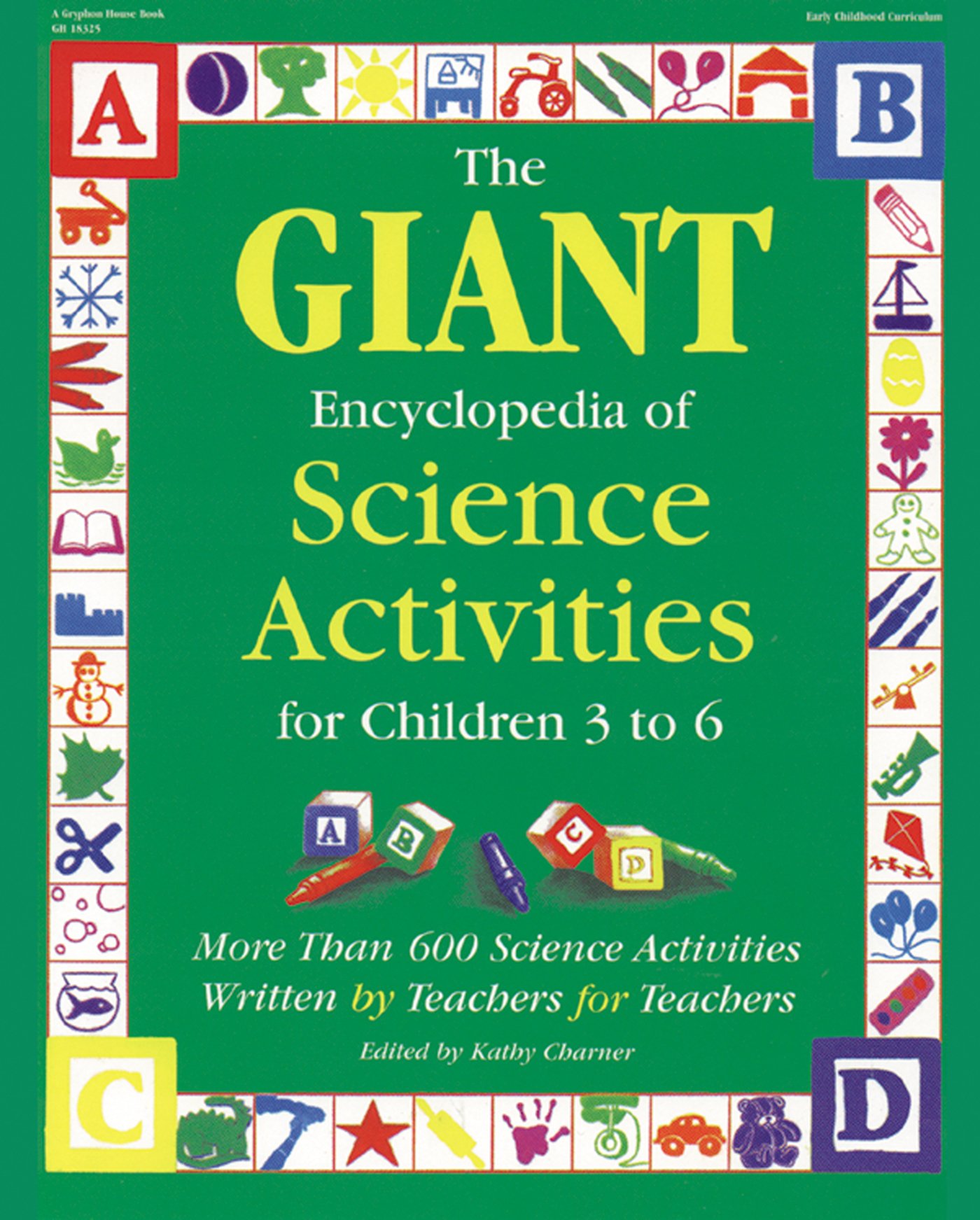Children are naturally drawn to beauty in nature. This activity allows children to observe and ask questions about flowers as they make their own flower arrangements. This activity can be done with fresh flowers from a florist, wild flowers from outside, or dried flowers. For more simple science activities that peak children's natural interest, get the book The GIANT Encyclopedia of Science Activities for Children 3 to 6.
Materials
- Fresh flowers
- Glass or plastic vases
- Borax
- Instant oats
- Shallow box with lid
What to Do
- Discuss with the children the fact that many people make floral arrangements with fresh flowers. A florist would be a good guest, or make a trip to a flower shop.
- Ask the children to help you arrange fresh flowers in one of the plastic containers. While you are arranging the flowers, talk about the different shapes and colors. Encourage the children to discuss different aspects of the arrangement they like and why they have chosen to arrange the flowers in a particular way.
- Questions to spark discussion with the children while they are arranging: Are the flowers various shapes? What kinds of shapes do you see? Are the stems of some of the flowers too long or too short? Would you like help cutting some of the stems so they fit better into the vases? What color flowers are you placing together?
- You can also dry fresh flowers at room temperature and use them for dried arrangements at other times of the year. If the children's age and abilities permit, have them mix together 1 cup (250 ml) borax and 2 cups (500 ml) oatmeal in a bowl. Pour half of the mixture into a shallow box, making a thin layer.
- Place an assortment of flowers face down on the mixture in the box.
- Help the children pour the remaining mixture over the flowers and cover with a lid.
- Open the box in three to four weeks and gently shake the mixture off the flowers. They are ready to use for arrangements.
More to do
- Art: Show the children pictures of floral paintings done by famous artists. Talk with them about the colors, flowers and brush stokes. Children may want to try to paint a picture of the flowers they arranged in the vases. Display the pictures and give each child a chance to tell about his or her artwork. * Children can look through seed catalogs and observe many different varieties of flowers. They can cut out flower pictures from catalogs and glue them on white paper for individual or group collages. * Children can design a garden of beautiful flowers! Encourage them to find flowers in the seed catalog and to color them into their paper garden. Talk about what flowers grow in your locations, but don't limit them to those flowers as they design their gardens.
- More science: Talk with children about how flowers reseed themselves. Many children will have blown on a dandelion and scattered the seeds. Some may even have pulled seeds off flowers such as sunflowers. Explain that some flowers reseed themselves, and others we have to plant each year. Tell the children about some of the many ways flower seeds are transported. Some, like dandelion seeds, are very light and have parts that the wind will catch and carry away. Other seeds have little hooks that will stick on the fur of a passing animal, or a person's clothes, allowing the animal or person to carry them away.
